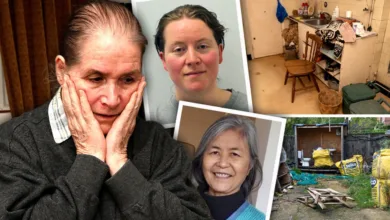What happened to Gloria Ramirez, the woman with toxic blood, has puzzled many scientists and remains unexplained to this day…
In 1994, a 31-year-old mother was rushed into an emergency room in California with a severely elevated heart rate. Her blood pressure was very low, and she was struggling to breathe. As soon as she arrived, the doctors and nurses in this ER, who were very accustomed to getting patients like her, got right to work.
And as they’re treating her, one of the doctors noticed something very strange about the patient. But before this doctor could tell the other nurses and doctors about this anomaly, there was this loud thud inside of the trauma room they were inside of. And then before long, there was another thud and another thud, and then someone started screaming. And then minutes later, the entire hospital would be evacuated.
Trauma Room 1
On the night of February 19, 1994, a man in Southern California called 9-1-1 because his girlfriend was struggling to breathe. When the 911 dispatcher picked up this man’s call, he was very distraught and asked them to please send an ambulance as fast as you possibly can.
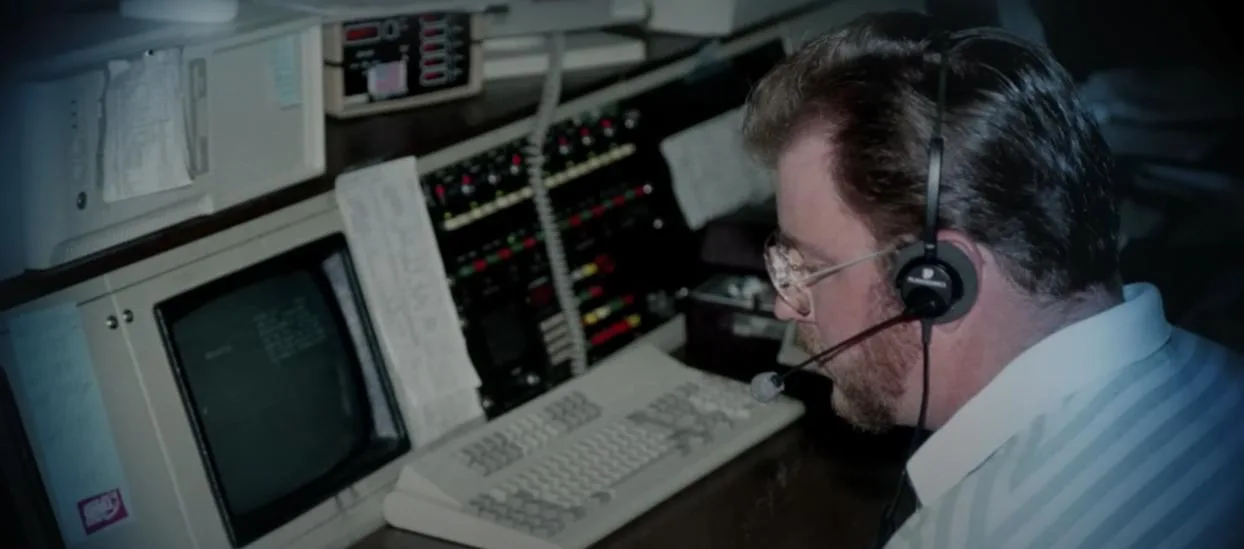
But despite how upset this man was on the phone, he was not actually surprised this situation was unfolding. His girlfriend, 31-year-old Gloria Ramirez, had been diagnosed with terminal cervical cancer just six weeks earlier, and the doctors had told her that she likely did not have much time left.

Making this even more tragic, Gloria had actually gone into the hospital a few years earlier with symptoms and signs that she likely had cancer, but the doctors missed it. Had they caught it back then, they likely could have saved her.
Still, after receiving her very grim diagnosis just a few weeks earlier, Gloria had resolved to fight her cancer as best as she could. After all, she had a lot to lose. Gloria had two young kids, a boy and a girl who were 9 and 12 years old, respectively.
Gloria absolutely adored them and really devoted her life to them. In the evenings, she would play with them and help them with their homework, cracking jokes to make them laugh and smile. Even when Gloria was not actively parenting her kids, she was always a very positive presence in their lives.
She was optimistic, happy, upbeat, and oftentimes could be found wandering around with a big smile on her face singing a religious hymn to herself.
So when Gloria Ramirez got this terrible news that she had late-stage cancer, she was obviously terrified and sad, but she was also very determined to find a way to survive because she knew her kids still needed her around. Around the time Gloria was diagnosed, her doctors told her she would begin radiation treatment for her cancer at the end of February, so she had a few weeks to wait.
During this waiting period, Gloria found herself spending a lot of time researching her disease, looking for things she could be doing on her own right now to make herself feel better or even potentially increase the odds of her survival.
On February 19th, when Gloria Ramirez told her boyfriend that she was starting to have some issues breathing, the boyfriend didn’t hesitate for a second to call 9-1-1 because he knew firsthand from living with Gloria that she was desperate to survive. So any changes in her symptoms needed to be treated like an emergency. It was around 8 PM that night when the ambulance pulled up in front of Gloria’s home.
Paramedics climbed out, rushed over to Gloria, put her on a stretcher, gave her a mask with oxygen, and then they loaded her into the back of the ambulance. Seconds later, they were flying down the road with their sirens blaring, speeding toward the hospital in Riverside, which is a city about an hour east of Los Angeles.
One of the paramedics on board the ambulance called ahead to the Riverside Hospital emergency room to talk to one of the doctors. The doctor who answered was a 33-year-old woman named Dr. Julie Gorchynski. She loved her job, the thrill, excitement, and challenge of working in a big city emergency room.
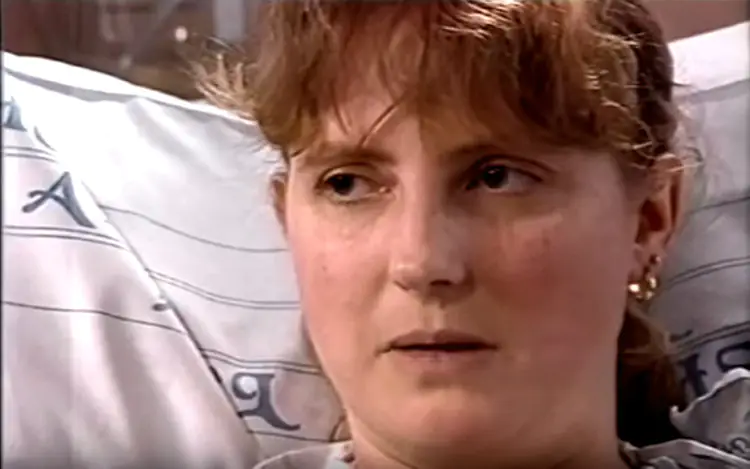
So she takes this call; the paramedics tell her that they have a patient who has terminal cancer, she’s having a hard time breathing, and her heart rate is becoming very unstable to the point where, if it’s not controlled soon, it’s going to kill her. They told Julie they would be there in about five minutes.
Julie hung up the phone and immediately began preparing for receiving a critical patient as well as getting Trauma Room 1 ready, which is where Gloria would be treated. Now, as bad as this situation was for Gloria, for Julie, and the other nurses and doctors in this emergency room, this was kind of business as usual. They were used to receiving patients in very rough shape. As Julie and the rest of her medical team waited for this ambulance to arrive, none of them were worried that they wouldn’t be able to handle this patient. They thought tonight was going to be as routine as any other night. However, they would be very, very wrong.
The ambulance ride took about 15 minutes, so they pulled into the Riverside Hospital right at 8:15 PM. As soon as the ambulance came to a stop, the paramedics jumped out, ran around to the back, opened up the back doors, pulled Gloria Ramirez out still on her stretcher, and pushed her as fast as they could through the doors into the emergency room.
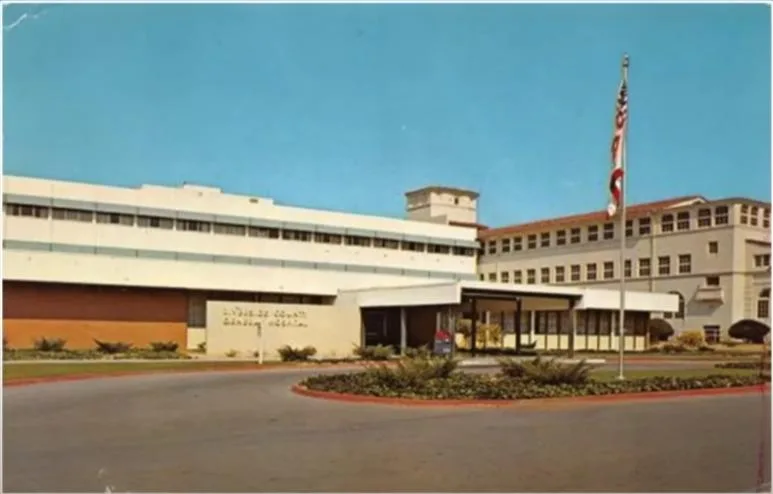
Once inside, Julie and the rest of her team took Gloria and pushed her left down a hallway into Trauma Room 1. Once inside, the doctors and nurses immediately noticed that Gloria’s heart rate was spiking dramatically, and her blood pressure was falling dramatically.
So Julie and her team began administering a standard set of treatments for someone in this condition. They switched Gloria’s oxygen mask she had been using on the ambulance ride for a more powerful one. They gave her painkillers, sedatives, and drugs to help steady her heartbeat. At first, the treatments seemed to be working because pretty quickly, Gloria’s heartbeat began to level out. However, it didn’t last. Soon, Gloria’s heartbeat was racing so insanely fast that all of these alarms were going off on her heartbeat monitor. Knowing they had to act quickly, Julie and her team began removing Gloria’s t-shirt in order to administer electric shocks to her chest with paddles.
This is a way for doctors to kind of reset a patient’s heartbeat. As the nurses got the electric paddles ready, they and the rest of the medical team suddenly noticed two strange things about Gloria. The first was that Gloria seemed to be emitting a strange garlicky smell from her mouth. The second was Gloria’s skin looked very greasy. However, despite the entire medical team taking note of these two things, no one thought they were significant. Lots of patients suddenly are brought into the ER, and very rarely do they have a chance to shower or brush their teeth beforehand. So they figured that was the reason she looked and smelled that way.
Finally, the big electrical paddles were ready. So the nurses placed them on either side of Gloria’s heart, and then they began sending powerful bolts of electricity into Gloria’s chest while the nurses worked on Gloria’s heart. Other members of the medical team needed to assess Gloria’s overall condition. To do that, they needed to draw her blood. A nurse took an alcohol wipe and cleaned a small spot on Gloria’s arm. Then she took a syringe and jabbed it inside of Gloria Ramirez and began the draw. As soon as she did this, Trauma Room 1 filled with a new smell. It was a chemical smell, and Julie immediately noticed it.
She looked over at the nurse doing the blood draw and said, “I think it smells like ammonia in here.” The nurse who was doing the blood draw kind of scrunched her face up in disgust and nodded in agreement. The nurse finished the blood draw and then handed the blood vial to Julie. As Julie was taking this Blood vial from the nurse, she noticed the nurse looked suddenly very confused and very disoriented. Her eyes were kind of flickering, and she was staring straight ahead like she didn’t know where she was.
So Julie saw this in the nurse and then glanced down at this Blood vial in her own hand now. She sees something she’s never seen before. The blood inside this vial, Gloria’s blood, was full of these small white crystals. But before Julie could tell anybody else in the room about these strange crystals in the patient’s blood, the nurse who had done the blood draw went from being dazed and confused to collapsing on the ground. Luckily, another doctor had seen the nurse starting to collapse and dove out and caught her right before her head hit the ground.
This collapsed nurse was very quickly placed on a stretcher and wheeled out of Trauma Room 1, so the other doctors and nurses could focus on Gloria Ramirez, who was obviously dying. So Julie, who is still just standing in the middle of this room holding this vial of blood, was wondering what the heck just happened to her colleague. She’s also looking down at these crystals, thinking, “I’ve never seen this before. What does this mean?” Right as she was about to flag one of the other medical team members over to look at it, Julie began feeling very nauseous.
Her head started spinning, and then she felt like she might collapse. Not wanting to cause any more distractions for the main team, she quickly placed this vial of blood on a nearby tray and then she quickly made her way out of Trauma Room 1 and sat down in a nearby chair. As soon as she sat down, another staff member at the hospital, who had not been inside the trauma room, ran over to Julie and asked her, “Hey, are you okay?” Julie tried to speak, but she couldn’t. Her eyes rolled back into her skull, and she slumped forward and fell to the ground.
At the same moment that Julie was collapsing outside of Trauma Room 1, inside of the trauma room, there was another thud as another nurse collapsed. Then another, and then another. Before long, screams were coming out of Trauma Room 1 as people inside who had not collapsed yet are looking around seeing their colleagues just dropping like flies for no reason. So pretty quickly, the call came out over the hospital intercom to evacuate the hospital. The only people that would stay back would be a skeleton crew of doctors and nurses and Gloria because they felt like moving Gloria Ramirez outside right now would likely kill her.
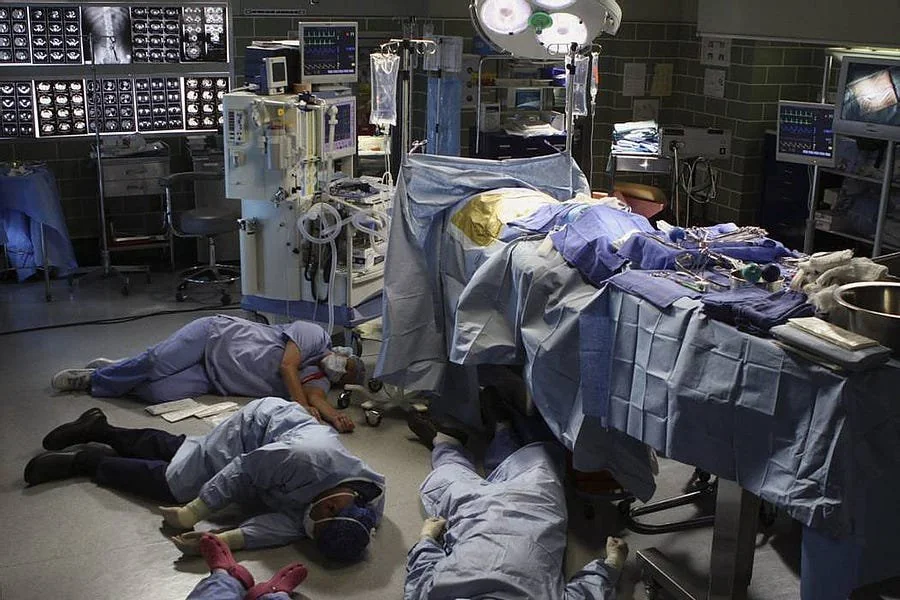
Outside the hospital, the parking lot very quickly filled up with doctors and nurses and other sick people on stretchers. People were screaming and crying. Sirens were blaring, and the medical staff that was still healthy was running all over the place, looking for supplies to help treat their co-workers.
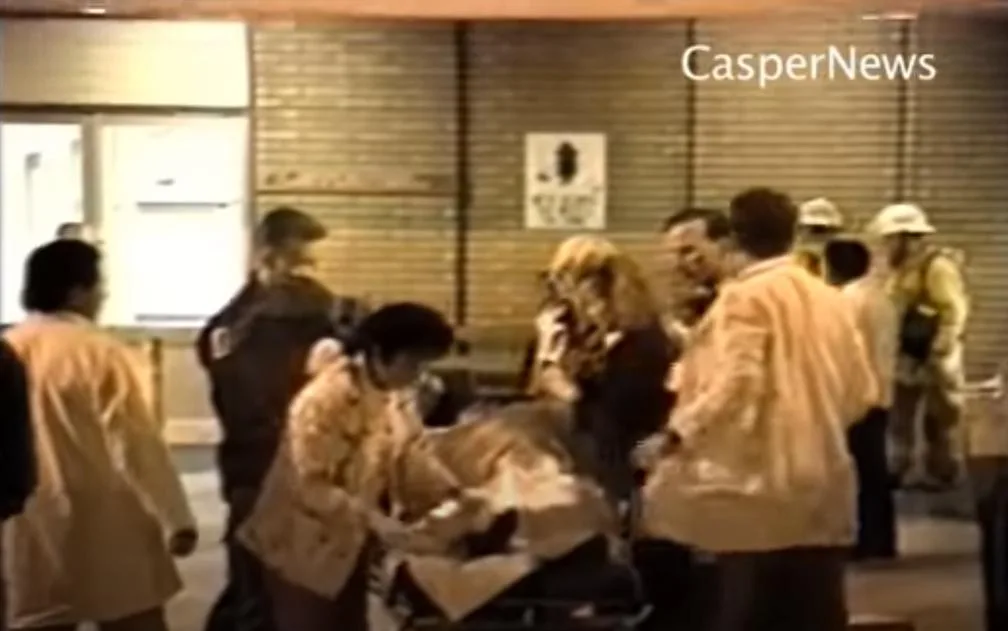
Meanwhile, back inside of Trauma Room 1, things for Gloria Ramirez only seemed to be getting worse. The four doctors and nurses who had stayed back continued to administer more drugs, more shocks to her chest, more oxygen. But no matter what they did, her blood pressure continued to fall, and her heartbeat became fainter and fainter and fainter.
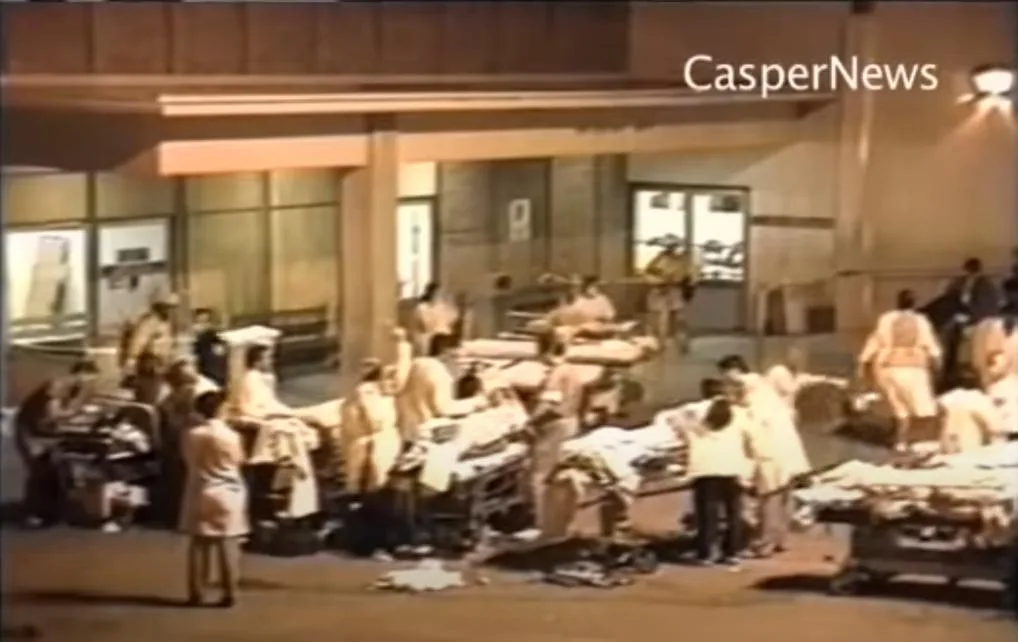
Finally, at 8:50 PM, roughly 35 minutes after Gloria Ramirez had first been wheeled into the emergency room, she died. In that 35-minute window, 23 of Riverside Hospital staff had either collapsed or become very sick and then collapsed, and many of them had to be hospitalized. But the most affected person by far was Julie. She was in such bad shape by the time she made it out to the parking lot that she was actually put on an ambulance from her hospital and driven to another hospital, where she was admitted to their Intensive Care Unit. There, a nurse drew her blood, and in it were little white crystals just like in Gloria’s blood.
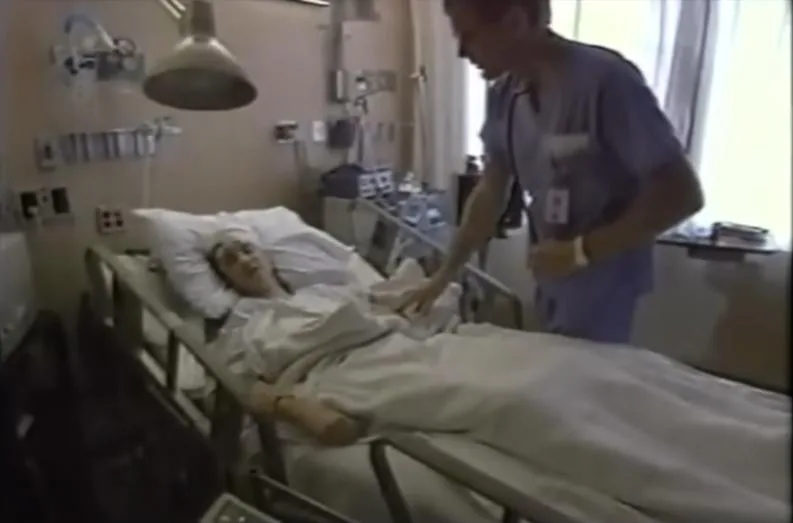
At 11 PM on the same night, all this craziness happened, a hazardous materials team dressed in full hazmat suits entered the Riverside Hospital to look for a chemical leak because that was the running theory: that some sort of leak had happened in the hospital. It had made its way into trauma room one, and that’s what had caused everyone to collapse and get sick. But despite an extensive search, the HazMat team did not find any leaks.
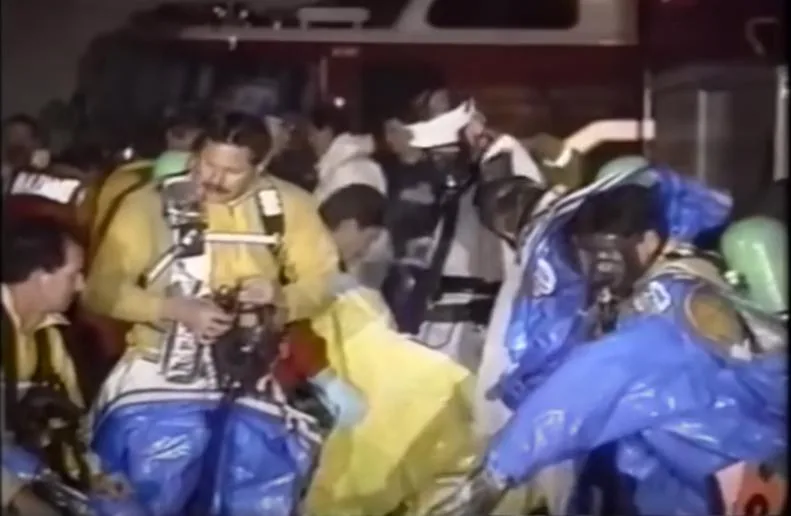
Stumped authorities decided to just be extra careful around this hospital and around Gloria’s body until they figured out what had happened because the fear was there was some sort of unknown or hidden toxin either in this building or on or in Gloria’s body.
Six days after the incident, inside of a special airtight room while wearing full body protective suits, doctors performed an autopsy on Gloria Ramirez and they discovered there was absolutely nothing toxic inside of her. In fact, the autopsy only revealed that Gloria had died of natural causes. Her cancer had caused her heart and her kidneys to fail.
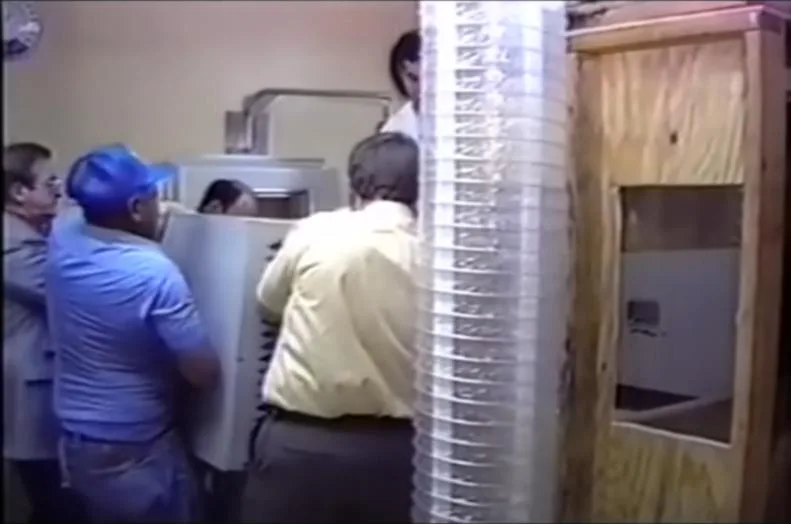
Meanwhile, although the other medical staff members who had gotten sick inside of Trauma Room 1 had mostly recovered, Julie just could not seem to get any better. She had breathing problems and pancreatitis, which is the inflammation of the pancreas and it’s very painful, and her bones were literally just starting to die, leaving her in a wheelchair.
Gloria’s family blamed Riverside Hospital for Gloria’s death, insisting that these toxic fumes that must have been present inside of Trauma Room 1 came from the hospital and those fumes are responsible for what happened to the staff and they are responsible for killing Gloria.
And in fact, three times in the three years leading up to Gloria’s death, Riverside Hospital had had some issues with hazardous materials making their way into the hospital: there was sewer gas that came in from a drain, there was a toxic gas that was created from a sterilizer that made two people in the hospital sick, and some of the hospital’s water was found to have algae in it.
But the hospital said they checked their hospital; there was no leak. We did not cause whatever toxic fumes were inside of trauma room one and so we are not responsible for what happened to our staff or what happened to Gloria Ramirez.
Riverside Hospital would be searched again and again for some sort of leak; also, Gloria’s home would be searched for toxic gases, and Gloria would be autopsied two additional times. But no one could find anything toxic anywhere.
So eventually, California’s Department of Human and Health Services came forward and said they had the answer to what had happened inside of Trauma Room 1. They said it was mass sociogenic illness. Mass sociogenic illness is when a group of people all believe they have the same illness even though there’s nothing wrong with any of them. It’s caused by fear and anxiety. Basically, the state of California was saying that Julie and the other 22 staff members who had gotten sick and collapsed had just pretended they were making it up. As for Gloria Ramirez, they said she just died from her cancer.

Now, of course, this explanation made a lot of people unhappy, like Gloria’s family and of course Julie, whose medical problems were very well documented. She couldn’t walk anymore because her bones were literally dying. And so, Gloria’s family and Julie said, you know what, we think the hospital is covering something up, and we are going to sue.
But before they did, an obscure lab located just outside of San Francisco, California, called the Forensic Science Center, was called in to do yet another investigation into what happened inside of Riverside Hospital. And what these scientists found would make history. Here is what they discovered:
After Gloria Ramirez was diagnosed with cancer, she began researching not only her disease but also alternative treatments that she could do on her own before she began her radiation treatment at the end of February. And according to the scientists of Forensic Science Center, Gloria must have begun using a well-known controversial home remedy to help with her pain.

It was called dimethyl sulfoxide or DMSO for short. In the 1960s, DMSO was prescribed to treat pain and anxiety, but as it became more popular, it was discovered that it could cause eye damage, and so the government said you can’t use this anymore.
But even though DMSO was no longer available as a medicine, it was still being sold in gel form inside of hardware stores as a heavy-duty degreaser. And it was this type of DMSO, the gel form, that Gloria Ramirez had begun rubbing all over her skin, head to toe.
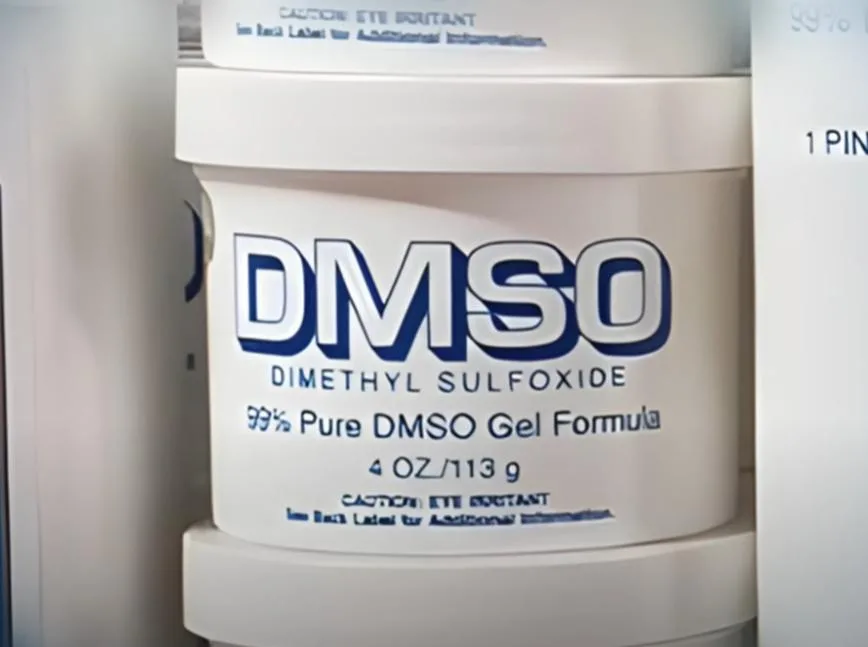
This was the reason when she arrived in the emergency room, her skin looked greasy because she was literally covered head to toe in this gel. It was also why her breath smelled like garlic because after DMSO is absorbed into your bloodstream, you emit a sort of garlicky smell both through your pores and out of your mouth.
But the discovery that Gloria Ramirez had been using DMSO did not account for why all these people in the hospital began collapsing and falling ill when they were around her. It turned out on the night that Gloria’s boyfriend called 9-1-1 because Gloria was suffering from breathing problems, Gloria was also suffering from another medical issue, but it was so minor the boyfriend didn’t think to bring it up to the 911 dispatcher or to the paramedics when they arrived. And this secret medical condition that Gloria had was a urinary tract infection, which is an infection in any part of the urinary system. These are very common and usually very easy to treat.
But what nobody realized was that because Gloria Ramirez had this infection, her body was not flushing out the DMSO chemicals that had seeped inside of it from all this gel on her skin. Still, even very large amounts of DMSO chemicals inside of your body or on your skin is not enough to cause any harm to you or people around you. The danger started when the EMTs in the ambulance put that oxygen mask on Gloria’s face. As they transported her to the hospital, suddenly there was this new chemical being introduced into Gloria’s body: oxygen.
And the scientists from the Forensic Science Center said this new chemical oxygen began interacting with the DMSO chemicals trapped inside of Gloria’s body, and together they formed a new chemical. Now if Gloria had gotten to the hospital and responded more positively to the treatments and medicines that the doctors and nurses at the ER gave her, then Julie and the rest of the staff inside of that hospital would never have gotten sick. For that had to happen, for that catastrophe to play out inside of that hospital, two very specific things had to happen in the correct order, and they did.
First, there were the electric shocks. When the medical team was pumping electrical shocks into Gloria’s chest, the scientists from the Forensic Science Center say those charges of electricity interacted with that new chemical that had been created inside of Gloria, and it changed this new chemical again. And this time, the change made the chemical deadly. It became what’s known as dimethyl sulfate, which was used as a chemical weapon in World War I. Once Gloria Ramirez received those shocks to her chest, her body basically became a canister of nerve gas.
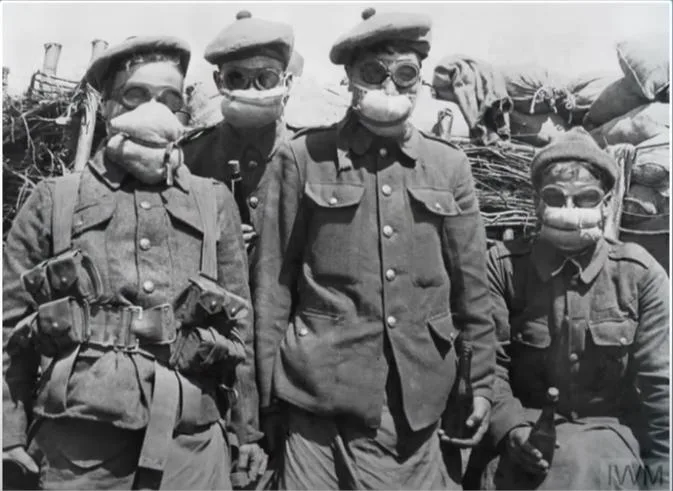
And then one of the nurses drew Gloria’s blood, which was the second event that ultimately set off the catastrophe. Emergency rooms are typically kept fairly cold, roughly 66 degrees Fahrenheit. But when this new deadly chemical was created inside of Gloria, it was still inside of her body where it was warm. And for dimethyl sulfate when it is warm, it’s unstable and much less dangerous.
But when that nurse drew Gloria’s blood inside of the blood was the deadly chemical, and now it was no longer in Gloria Ramirez; it was in this cool 66-degree room, and so it began to stabilize and started producing those little white crystals inside of the blood vial that Julie saw. And as it stabilized, it turned into a gas, and it filled the room, and the staff began to breathe it in.
The scientists from the Forensic Science Center do not think that this mass poisoning event contributed to Gloria’s death, meaning Gloria did really die from her cancer. Gloria’s family has denied that Gloria ever used DMSO, and they still insist that the hospital was responsible for Gloria’s death. The hospital would ultimately pay eight hundred thousand dollars in settlement money to Gloria’s family, but the hospital would never admit that they did anything wrong.
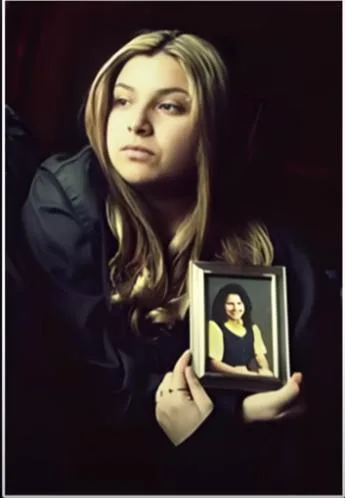
Julie’s lawsuit against the hospital was ultimately dismissed, and her bones never really recovered from the damage that was done to them despite eight surgeries to try to fix them.

However, Julie would eventually go back to being a practicing doctor at another hospital, and she has said the ordeal she went through inside of trauma room one at Riverside Hospital actually made her a better doctor.








